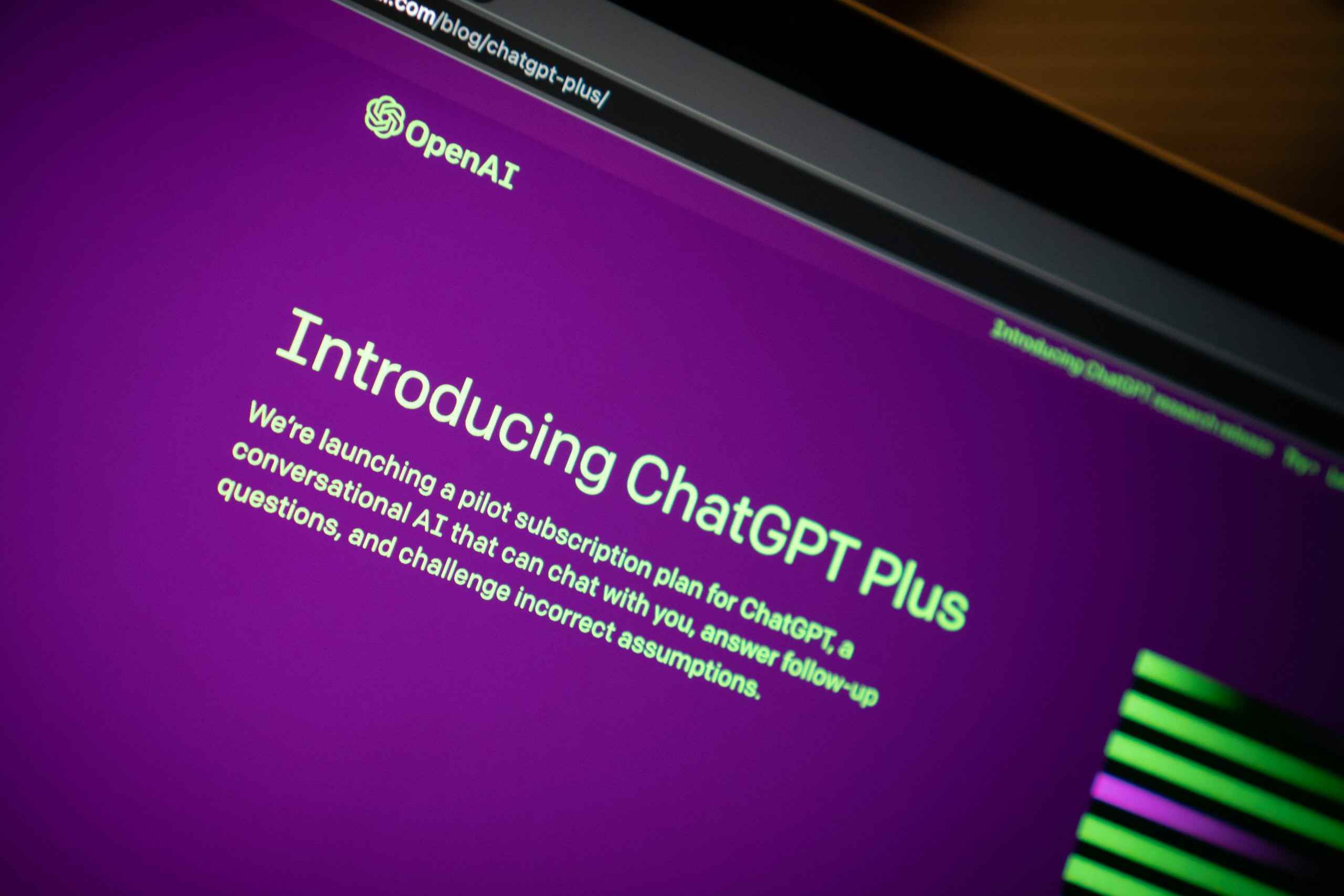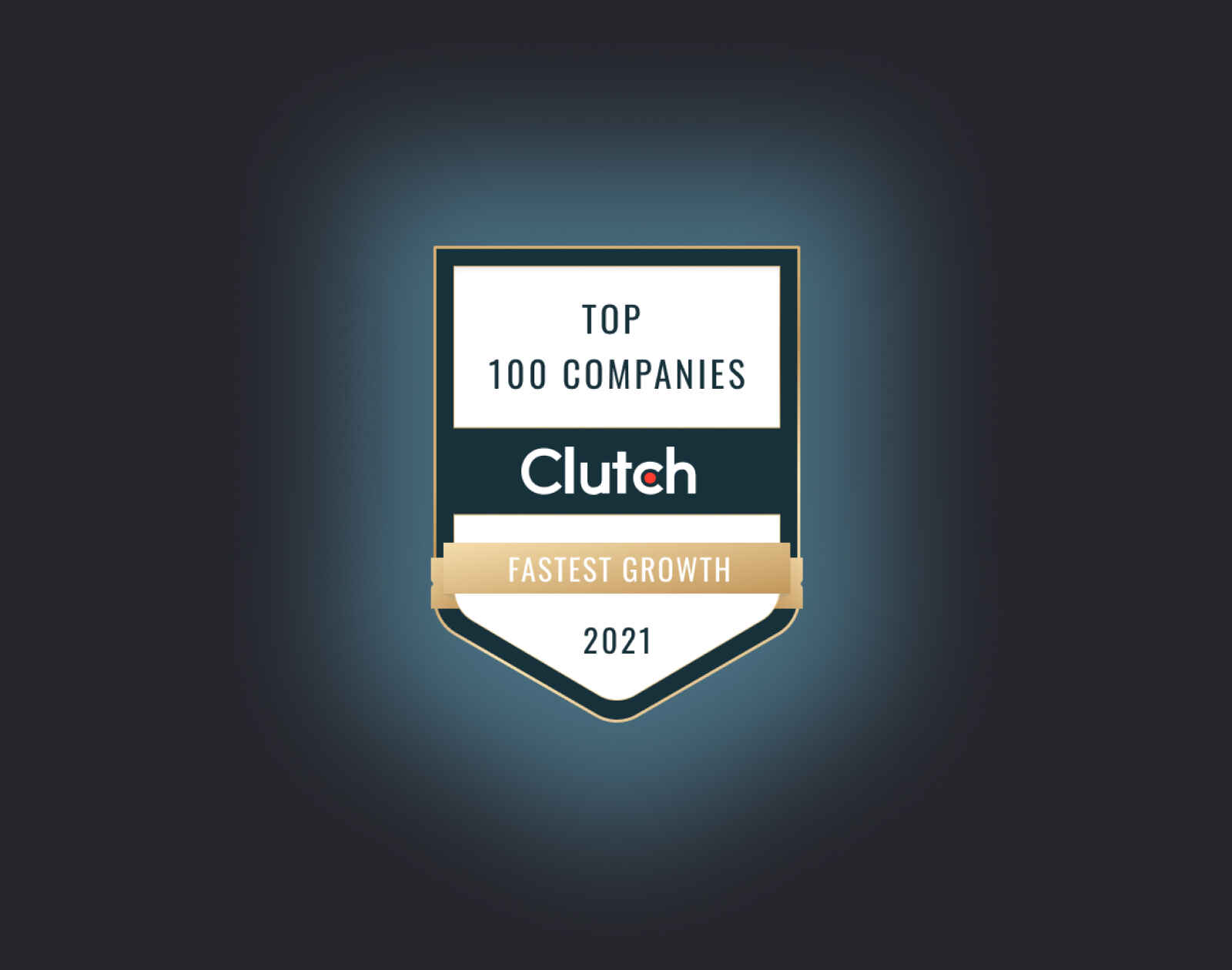Education is at a turning point. In 2025, 86% of students globally use AI for studies, and in the US alone, 51% of students aged 14–22 rely on generative AI more than any other tool. Teachers aren’t far behind, as 60% now integrate AI into their teaching, while principals and education leaders increasingly use predictive models for planning and resource allocation. Yet despite this adoption wave, fewer than 10% of schools and universities have institutional AI policies, leaving a critical gap between usage and structured implementation.
The impact is already visible in classrooms and lecture halls. AI-driven platforms are helping educators move from reactive to proactive, flagging at-risk students before challenges escalate and tailoring learning paths that keep students engaged. For teachers, predictive analytics means fewer hours lost to routine tasks and more time to focus on meaningful instruction. For students, it creates a learning environment that adapts in real time—turning data into guidance, and effort into measurable progress.
At WeSoftYou, we see predictive analytics as not just another EdTech feature, but a foundation for building adaptive, data-driven learning environments that prepare students and educators for what’s next.
What Is Predictive Analytics and Why Does It Matter in Education?
Data alone doesn’t change outcomes; foresight does. Predictive analytics turns raw student data into early warnings and growth opportunities, helping schools act before problems escalate. For education leaders, it’s the difference between tracking performance and shaping it.
Defining Predictive Analytics
Predictive analytics uses historical data, machine learning, and statistical models to forecast future outcomes. In education, it means analyzing signals like attendance, grades, engagement patterns, and even social-emotional indicators to anticipate risks such as dropouts, performance declines, or disengagement.
Unlike traditional reporting, which explains what already happened, predictive analytics gives actionable foresight. Educators and administrators can act early (e.g., adjust learning paths, offer targeted support, or reallocate resources) before problems escalate.
| Aspect | Traditional Reporting | Predictive Analytics |
| Focus | Describes what already happened (past performance, attendance, test scores). | Forecasts what is likely to happen (dropouts, performance trends, engagement risks). |
| Timeframe | Retrospective – looks back at historical data. | Forward-looking – uses past + current data to project outcomes. |
| Decision-Making | Reactive — action is taken after issues occur. | Proactive — interventions happen before issues escalate. |
| Value to Educators | Provides visibility but limited guidance. | Offers actionable recommendations to personalize teaching and support. |
| Impact on Students | Identifies problems late, often after performance declines. | Enables early intervention, tailored learning paths, and better outcomes. |
| Use for Leaders | Basic compliance and reporting. | Strategic planning, resource optimization, and measurable ROI. |
The Importance of Predictive Analytics in Modern Education Platforms
For decision-makers, predictive analytics isn’t just about dashboards—it’s about measurable ROI. Modern platforms powered by AI can:
- Increase retention by flagging at-risk students before issues escalate.
- Improve efficiency by automating insights that free up teacher and admin time.
- Enhance competitiveness by offering personalized learning experiences parents and institutions now expect.
- Strengthen trust with a holistic view that includes both academic and well-being data.
Our experience as an education software development company shows that AI-powered predictive analytics can significantly transform fragmented data into actionable insights. This results in platforms that improve learning outcomes and scale more efficiently, reducing costs and positioning institutions as leaders in modern education.
Our Case in Point: Predictive Analytics in a Dyslexia Support Platform
When LUCA.ai set out to support children with dyslexia, they wanted a platform that could anticipate student struggles before they became barriers and adjust the learning journey in real time.
Project Challenges
Most reading apps offer static pathways, treating all learners the same. For students with dyslexia, this approach often leads to frustration and disengagement. LUCA needed a solution where predictive analytics could spot early warning signs, like slower reading pace, repeated errors, or reduced session time, and intervene with personalized support.
How We Approached This
Our team built LUCA’s platform in just 2.5 months with predictive analytics at its core:
- Behavior-driven insights: AI models analyzed student interactions (reading speed, error frequency, engagement patterns) to predict areas where learners might need additional support.
- Adaptive interventions: Based on predictions, the system automatically suggested exercises, adjusted difficulty, or recommended supplementary materials.
- Parent dashboards with predictive reporting: Instead of static progress charts, parents received forward-looking insights, such as which skills their child might struggle with next week.
- Scalable architecture: Using Python, Django, React.js, and TypeScript, the platform was designed to process thousands of reading sessions while continuously refining predictive models.
Results We Achieved
- Early intervention made possible: Predictive models identified reading struggles days in advance, enabling parents to address them before they worsened.
- Personalized learning at scale: 20,000+ student profiles benefited from adaptive reading paths tailored to predicted outcomes.
- Investor and media recognition: Outlets like Toolify and Post-Gazette highlighted LUCA as a breakthrough in AI-driven, predictive EdTech.
- Higher engagement: Children stayed longer in sessions when the system adapted dynamically, reducing frustration common in one-size-fits-all tools.
As LUCA’s founder noted: “WeSoftYou transformed my idea of an AI-driven learning program into a predictive platform that truly changes outcomes for children with dyslexia.”
Key Applications of AI-Based Predictive Analytics in Education Platforms
Predictive analytics with AI is already reshaping how schools teach, support, and operate. From tailoring learning paths that boost student outcomes to giving teachers back nearly six hours a week, AI turns raw data into decisions that matter. Below are the most impactful applications where predictive models deliver measurable value for students, educators, and institutions alike.
Personalized Learning and Adaptive Content Delivery
Personalization is no longer optional; it’s what drives outcomes. According to McKinsey, AI-driven platforms can improve student results by up to 30% by dynamically adapting content to each learner’s strengths and weaknesses. Tools like Khan Academy’s Khanmigo and Microsoft’s Copilot show the potential: students using Copilot reported a 265% boost in self-learning, while Brisbane Catholic Education recorded a 275% increase in students’ ability to direct their own learning.
Predictive analytics powers these results by identifying knowledge gaps early and recommending tailored resources, pacing, or alternative assessments. At WeSoftYou, we’ve seen how layering machine learning on top of LMS data can transform static content delivery into a living, responsive learning journey that keeps students engaged and on track.
Early Identification of At-Risk Students
Dropouts remain one of education’s most pressing challenges. Predictive analytics changes the equation by surfacing early warning signs, such as declining grades, irregular logins, or low participation, so institutions can intervene before it’s too late. Real-world proof is Macquarie University which reported a 10% improvement in exam results after deploying an AI-powered chatbot that provided targeted support to struggling students.
In K–12, the stakes are equally high. Platforms combining predictive models with social-emotional metrics can spot not only academic risks but also external challenges, enabling timely interventions like tutoring or counseling.
Optimizing Administrative and Operational Efficiency
AI is also about transforming back offices. Educators already see the difference: AI saves teachers an average of 5.9 hours per week, with tools capable of handling up to 45% of routine tasks. Among those using Claude AI, 42% cite time savings on admin work as the top benefit, freeing educators to focus on instruction and mentorship.
For institutions, predictive analytics forecasts enrollment trends, staffing needs, and resource allocation. By predicting peak registration times or identifying underutilized programs, schools can reallocate budgets more strategically.
In our projects, we at WeSoftYou have implemented predictive dashboards that give administrators real-time visibility into operations, reducing inefficiencies and unlocking scalability without ballooning costs.
Enhancing Assessment and Feedback Mechanisms
Assessment is no longer limited to grading after the fact. Predictive analytics can forecast performance on upcoming assignments, enabling instructors to adjust teaching strategies or provide supplemental materials proactively. AI-assisted grading systems, while still controversial, already automate assessment tasks. But most educators prefer augmentation, using AI for consistency and efficiency while retaining control over subjective or creative evaluations.
What’s clear is that predictive models bring depth to feedback. By analyzing patterns across entire classrooms, platforms can flag common misconceptions and recommend targeted group interventions. Combined with adaptive tutors now in use at 15% of US high schools, predictive analytics helps democratize access to high-quality feedback, ensuring every student—not just those who can afford private tutors—receives personalized academic support.
Technical Foundations of AI-Based Predictive Analytics in Education
Behind every successful predictive model in education lies a solid technical backbone. From collecting and integrating diverse datasets to selecting the right machine learning algorithms and ensuring strict data privacy, these foundations determine whether predictive analytics delivers real impact, or falls short.
Data Collection and Integration
Predictive accuracy starts with data quality. Education platforms now aggregate multiple streams, including:
- Academic performance (grades, assessments, course completion)
- Behavioral metrics (login frequency, time on tasks, engagement with content)
- Demographics and socio-economic data
- Participation indicators (forum posts, group activity, peer collaboration)
Bringing these datasets together requires ETL pipelines and secure data management frameworks. APIs play a critical role, enabling SIS, LMS, and third-party tools to exchange data seamlessly. For example, syncing attendance data from an SIS with activity logs from an LMS provides a more holistic view of student engagement—essential for accurate predictions and tailored interventions.
Machine Learning Models and Algorithms
Different predictive goals require different algorithms:
- Regression analysis → Forecast continuous variables like GPA or test scores.
- Classification models → Flag at-risk students or segment learning styles.
- Clustering techniques → Identify behavioral cohorts or engagement patterns.
- Neural networks and deep learning → Capture complex, non-linear relationships in large datasets.
Our team aligns model choice with institutional priorities, whether reducing dropout rates, personalizing content, or optimizing resource allocation. Models are retrained continuously as new data flows in, ensuring accuracy and adaptability in evolving learning environments.
Data Privacy and Ethical Considerations
Predictive analytics deals with some of the most sensitive data schools handle. Compliance with FERPA (US), GDPR (EU), and similar regulations is non-negotiable. Key safeguards include:
- Anonymization and consent management
- Encryption and secure access controls
- Bias detection and mitigation in algorithms
- Regular audits and transparency reports
Beyond compliance, trust is the differentiator. Engaging educators, parents, and students in open conversations about how data is used fosters confidence and ensures buy-in. WeSoftYou embeds these practices into every project, balancing innovation with ethical responsibility.
Challenges and Best Practices for Implementing Predictive Analytics in Education
Implementing predictive analytics means more than just deploying algorithms. Besides, it is also about overcoming real-world hurdles that determine whether the technology delivers value. Each challenge requires a structured response. Below, we break down the most common obstacles and the best practices that help institutions turn predictive analytics into measurable results.
Data Quality and Availability
Predictive accuracy starts with reliable data. Incomplete or inconsistent inputs can skew results and lead to poor interventions. Schools need rigorous data governance frameworks, regular audits, and staff training to reduce human error. Building a culture of data literacy among educators ensures that the information fueling predictive models is both accurate and actionable.
Model Interpretability and Trust
AI adoption stalls when decision-makers can’t see how predictions are made. Explainable AI techniques, such as transparent dashboards and clear model outputs, build trust and encourage adoption. Involving educators and administrators early in model development, paired with workshops and training, helps demystify algorithms and fosters confidence in the technology.
Scalability and Integration
A model is only useful if it works across the platforms schools already rely on. Predictive analytics must integrate smoothly with SIS, LMS, and other tools, while scaling as users and data volumes grow. Cloud infrastructure and modular, API-driven architectures provide the flexibility to add new features or adapt to hybrid learning environments without disrupting daily operations.
Continuous Improvement and Feedback Loops
Predictive models evolve with new data. Institutions should embed feedback loops where educators, administrators, and even students contribute insights. Regular reviews ensure interventions remain effective and aligned with real-world needs. Training educators to interpret and act on analytics results reinforces a proactive, data-driven culture across the institution.
Future Trends in AI-Based Predictive Analytics for Education
Predictive analytics in education is still in its early stages, but the next decade will bring deeper data, smarter support, and stronger security. For institutions, staying ahead of these trends means defining competitiveness and trust in the years to come.
Integration of Multimodal Data
The next wave of predictive analytics will go beyond test scores and attendance logs. Platforms are starting to incorporate video, audio, and even biometric data to better understand learner engagement and emotional states. Imagine AI flagging when a student’s body language signals confusion or when stress levels spike during an assessment—giving educators actionable insights in real time. This level of visibility will enable more personalized interventions and foster environments where every learner feels supported.
AI-Powered Virtual Tutors and Assistants
We’re moving toward a future where every student has access to a 24/7 intelligent tutor. Powered by predictive analytics and natural language processing, these assistants will adapt dynamically, offering personalized academic guidance and emotional support. By analyzing learning patterns, they’ll anticipate challenges before they escalate and recommend tailored resources. This proactive support not only strengthens learning outcomes but also fosters student autonomy and confidence—skills essential for lifelong learning.
Blockchain for Secure and Transparent Data Management
Data privacy remains one of the biggest hurdles in EdTech. Blockchain technologies offer a potential breakthrough by giving students ownership of their academic records while ensuring secure, verifiable analytics for institutions. With decentralized credential management, transferring credits, verifying achievements, and safeguarding student identities become seamless. For institutions, this reduces compliance risks and builds trust with stakeholders, while for students, it creates a transparent and secure digital record that travels with them across their educational journey.
Why Collaborate with WeSoftYou on AI Predictive Analytics in Education
Implementing predictive analytics can be your strategic move that reshapes outcomes for students and institutions. Our team helps education leaders turn fragmented data into actionable intelligence, ensuring that investments translate into measurable impact.
- Proven at Scale. We’ve delivered platforms managing 20,000+ student profiles, built AI-powered reading tools in under three months, and supported nonprofits in cutting admin workload by 80%.
- Designed for Growth. Our solutions use API-first, modular architectures, enabling seamless integration with SIS, LMS, and ERP systems. This means districts and universities can expand capabilities without costly reengineering.
- Compliance Without Compromise. We bake FERPA, COPPA, and GDPR compliance into every layer—data encryption, role-based access, and audit trails—so you can scale confidently while protecting student trust.
- From Data to ROI. Predictive analytics doesn’t just improve student outcomes (retention, engagement, performance); it also reduces operating costs by eliminating inefficiencies and manual overhead. For leadership teams, that means higher ROI on every dollar spent.
Our principle as a reliable education software development company is to align technology with strategy. The result is not just smarter platforms; it’s stronger institutions prepared for the next decade of education.
Let’s discuss how predictive analytics can create both impact and efficiency in your institution.
Key Takeaways: Predictive Analytics in Education Transforms Data into Advantage
Predictive analytics in education goes beyond dashboards and reports; it enables institutions to act before problems escalate. Schools and universities already generate enormous volumes of data, but only those that learn to harness it will reduce dropout rates, optimize resources, and deliver the personalized learning experiences today’s students expect.
At WeSoftYou, we’ve seen how the right architecture, integrations, and AI models shift the equation: from reactive firefighting to proactive decision-making. For education leaders, the message is: predictive analytics is no longer optional; it’s a strategic lever for long-term success.
If you’re ready to move from data overload to data-driven outcomes, let’s talk.
Frequently Asked Questions (FAQ)
What types of data are most valuable for predictive analytics in education?
Academic performance data, engagement metrics, attendance records, demographic information, and behavioral data are all critical inputs. The richer and more diverse the dataset, the more accurate the predictions. For instance, combining standardized test scores with classroom participation and social interactions can provide a holistic view of a student’s potential and challenges. Additionally, incorporating feedback from teachers and parents can enhance the dataset, allowing for more nuanced insights into student needs and learning styles.
How can predictive analytics help reduce student dropout rates?
By identifying at-risk students early based on patterns like declining grades or low engagement, institutions can intervene with targeted support such as tutoring, counseling, or personalized learning plans. Furthermore, predictive analytics can help schools understand the broader factors contributing to dropout rates, such as socioeconomic status or family dynamics. By addressing these root causes through community partnerships and resource allocation, schools can create a more supportive environment that fosters student retention and success.
Is it difficult to integrate predictive analytics into existing education platforms?
Integration complexity varies depending on the platform architecture. However, with modular design and API-driven approaches, integration can be streamlined. Experienced development partners like WeSoftYou can facilitate smooth implementation. They can also provide training for educators and administrators, ensuring that staff are equipped to leverage the new tools effectively. This training is crucial, as it empowers educators to interpret data insights and apply them in real-time to enhance teaching strategies and improve student outcomes.
How does WeSoftYou ensure data privacy and security?
We implement industry-standard encryption, anonymization, and compliance with regulations such as GDPR and FERPA. Ethical AI principles guide our development to protect student data and maintain trust. Moreover, we conduct regular security audits and updates to our systems, ensuring that any vulnerabilities are promptly addressed. Our commitment to transparency means that we also engage with stakeholders, including parents and students, to inform them about how their data is used and the measures in place to safeguard it.
What is the typical timeline for implementing AI-based predictive analytics in an education platform?
Timelines depend on project scope and complexity but generally range from 3 to 9 months, including data integration, model development, testing, and deployment phases. During this period, it’s essential to involve all relevant stakeholders, including educators, administrators, and IT staff, to gather insights and feedback. This collaborative approach not only ensures that the final product meets the needs of the institution but also fosters a sense of ownership and enthusiasm among staff, which can be critical for the successful adoption of new technologies.





















